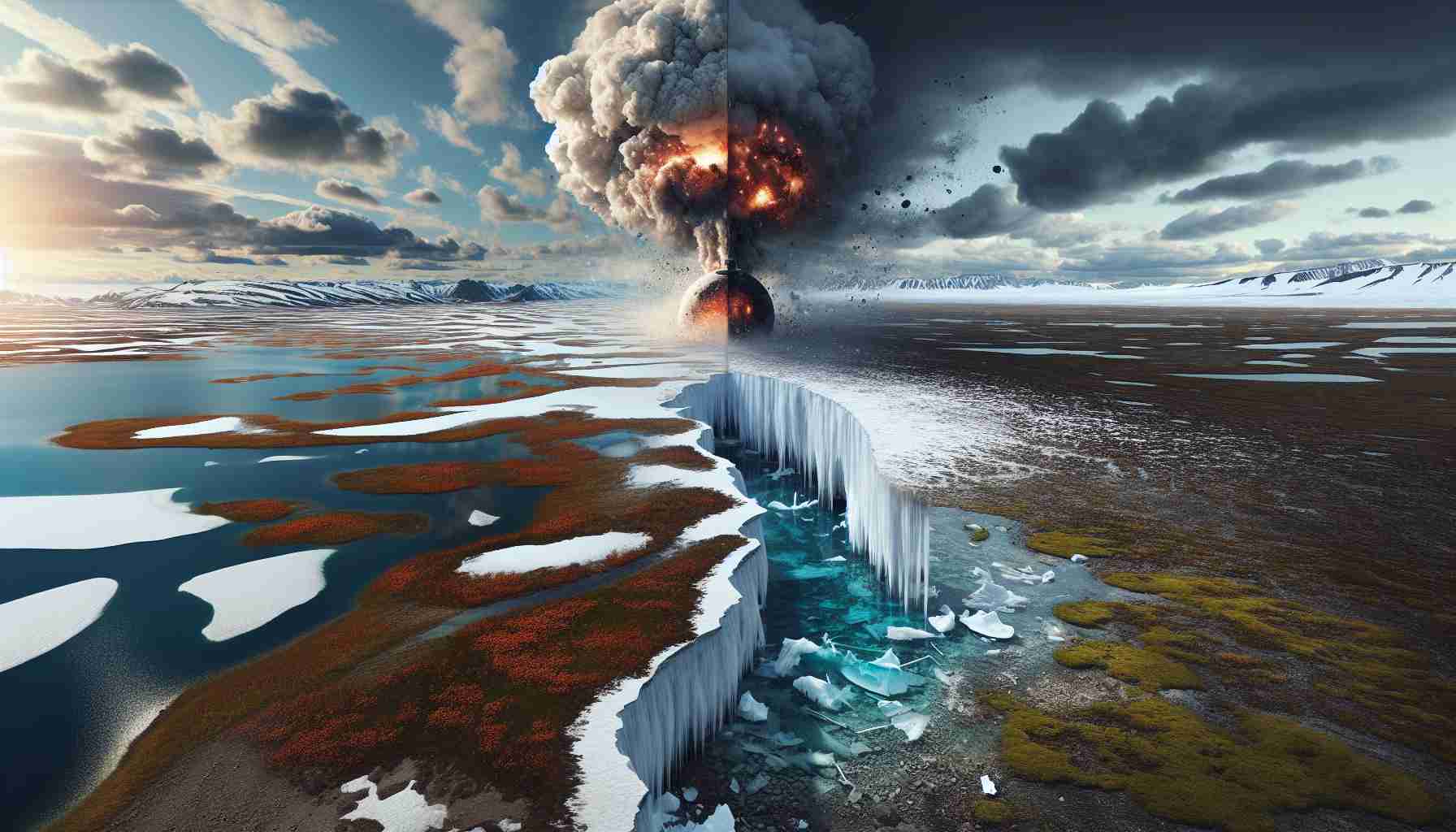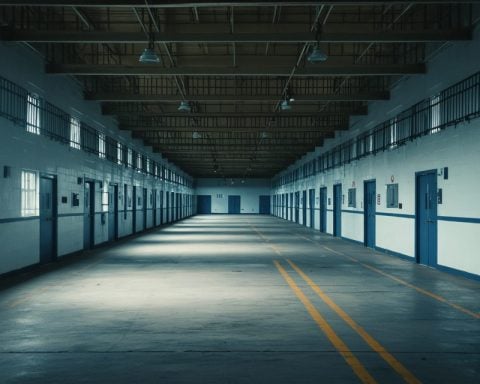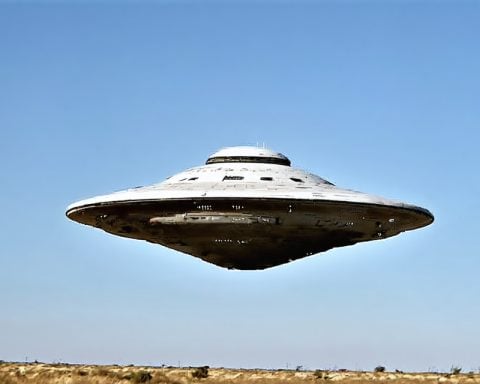The Arctic Tundra is undergoing a startling shift that could spell disaster for our climate. According to the newly released 2024 Arctic Report Card from the National Oceanic and Atmospheric Administration (NOAA), this once-rich carbon sink has morphed into a significant carbon source.
The tundra, which has historically captured carbon from the atmosphere, now releases vast amounts due to warming permafrost and increasing wildfires fueled by climate change. This transformation has unfolded over the past two decades and poses a grave risk for global warming. Key scientists note that the carbon emissions from thawing permafrost could rival those of major industrialized nations.
Emissions from Arctic wildfires have reached alarming levels, averaging about 207 million metric tons per year since 2003, with 2023 marking one of the highest emission years on record. As wildfires intensify, they not only release carbon directly but also destabilize permafrost, further exacerbating the situation.
Alarmingly, research indicates that even when temperatures remain below freezing, active microbes in warming soils can lead to significant carbon release. Experts are now advocating for new fire management strategies in vulnerable regions like Alaska’s Yukon Flats to mitigate these emissions.
With the Arctic warming at nearly four times the global average, this long-term trend highlights the urgent need for action to protect these vital ecosystems from irreversible changes.
The Alarming Transformation of the Arctic Tundra: What You Need to Know
Introduction
The Arctic Tundra is undergoing a dramatic and concerning transformation that has significant implications for our planet’s climate. The 2024 Arctic Report Card issued by the National Oceanic and Atmospheric Administration (NOAA) highlights that this once-effective carbon sink is now becoming a formidable carbon source, intensifying global warming trends.
Understanding the Shift: From Carbon Sink to Source
Historically, the Arctic Tundra has played a critical role in capturing carbon dioxide (CO2) from the atmosphere. However, due to the warming of permafrost and escalating wildfire incidents driven by climate change, it is now releasing substantial amounts of carbon. Over the last two decades, this shift has intensified, raising alarms among climate scientists, who note that the carbon emissions from thawed permafrost could equal those emitted by some of the world’s largest industrialized nations.
Wildfire Emissions: A Growing Threat
Wildfires in the Arctic have reached unprecedented levels, releasing approximately 207 million metric tons of CO2 annually since 2003. The year 2023 marked one of the highest emissions recorded, underlining the urgent need for interventions. Wildfires do more than just release carbon directly; they destabilize the permafrost, creating a feedback loop that exacerbates carbon emissions further.
Microbial Activity and Climate Change
Research has unveiled that even at subzero temperatures, the thawing soils contain active microbes that can lead to considerable carbon release. This unexpected microbial activity indicates that the warming trend may be more insidious than previously thought, as these microbes contribute to the disintegration of organic matter in the soil, releasing greenhouse gases.
Strategies for Mitigation: Fire Management Approaches
To combat these escalating emissions, experts are advocating for implementable fire management strategies in vulnerable areas, particularly in Alaska’s Yukon Flats. These strategies may include controlled burns, fire breaks, and other techniques to prevent wildfires from spreading and further destabilizing the permafrost.
The Urgent Need for Action
The alarming reality is that the Arctic regions are warming at a rate nearly four times faster than the global average. This highlights the critical need for immediate and effective strategies to preserve these ecosystems from irreversible changes.
Pros and Cons of the Current Situation
– Pros:
– Increased awareness of climate change impacts in the Arctic.
– Opportunities for research and innovation in sustainability practices.
– Cons:
– Rising carbon emissions contributing to global warming.
– Threats to biodiversity and indigenous livelihoods in the Arctic.
Future Insights and Trends
Looking ahead, scientists anticipate that if current trends continue, the feedback loop created by thawing permafrost and increased fire activity could lead to even greater carbon emissions, reinforcing the urgency for global climate action. Collaborative international efforts will be essential in mitigating the impacts of climate change in the Arctic and preventing further degradation of these fragile ecosystems.
Conclusion
The ongoing changes in the Arctic Tundra represent a pivotal moment in the fight against climate change. It is imperative for policymakers, researchers, and the global community to take heed of these developments and work collaboratively to protect our planet’s vital ecosystems.
For more information on climate change and its impacts, visit NOAA.


















